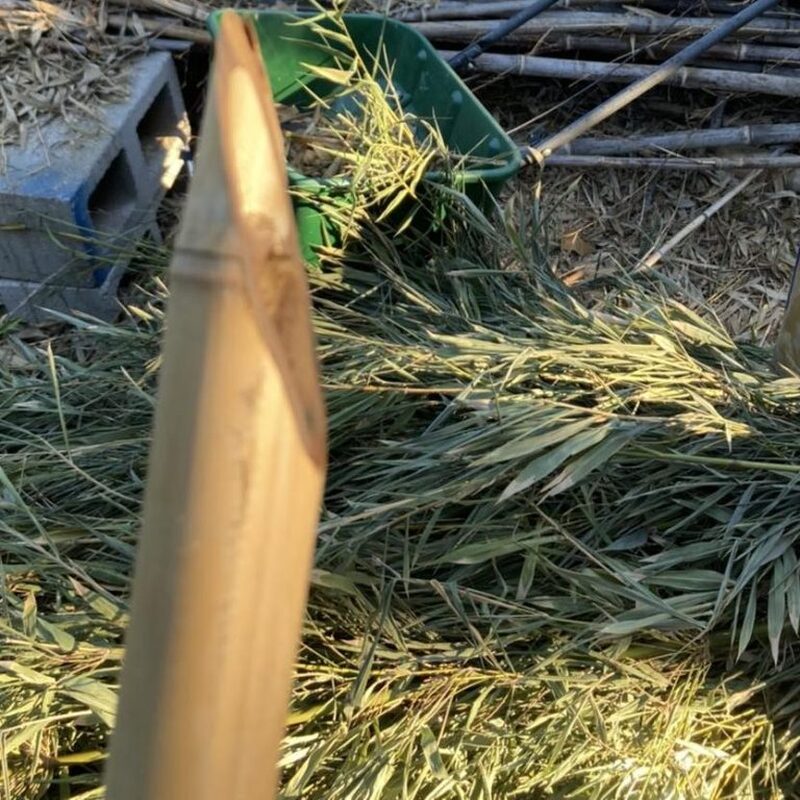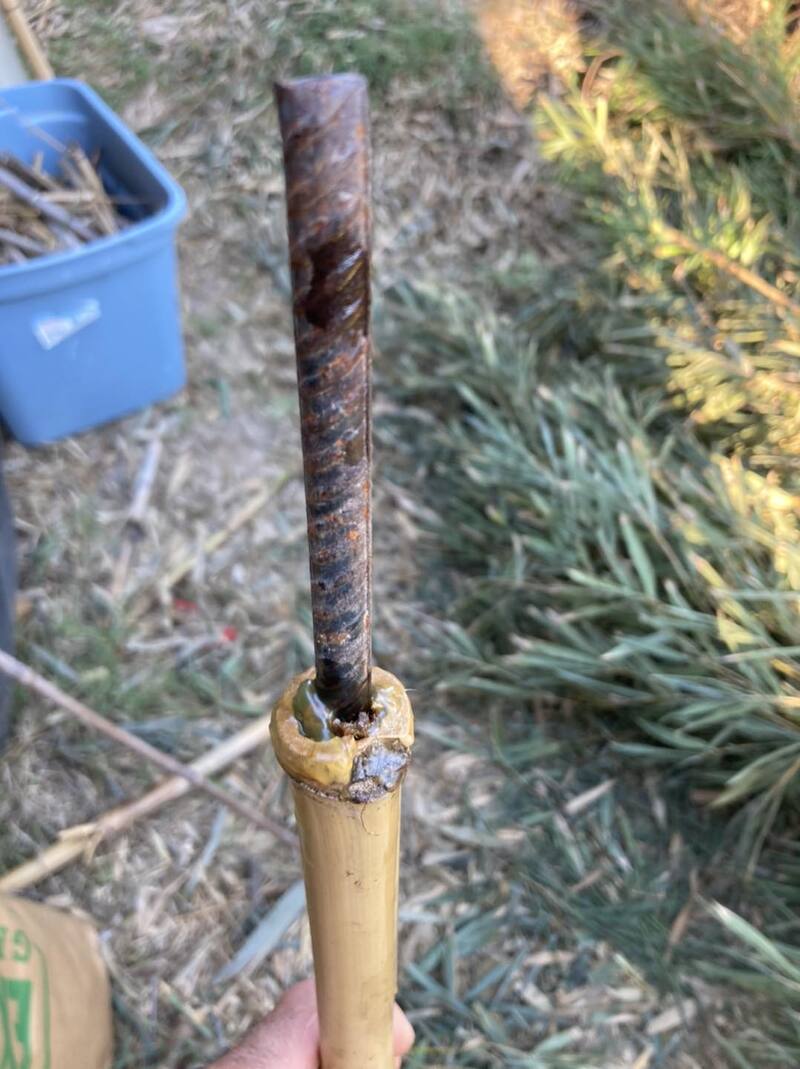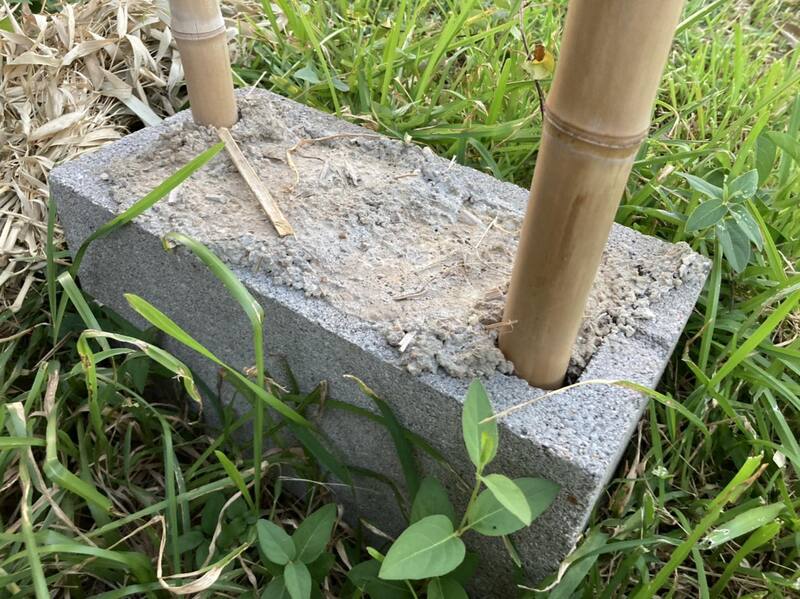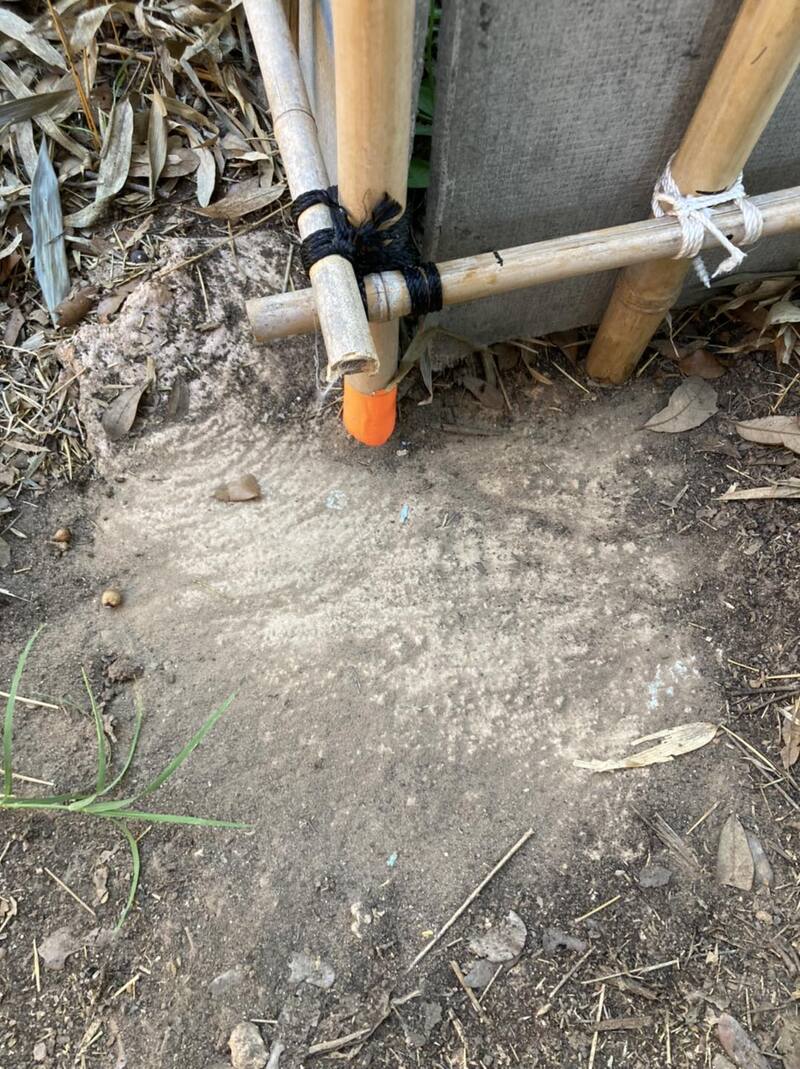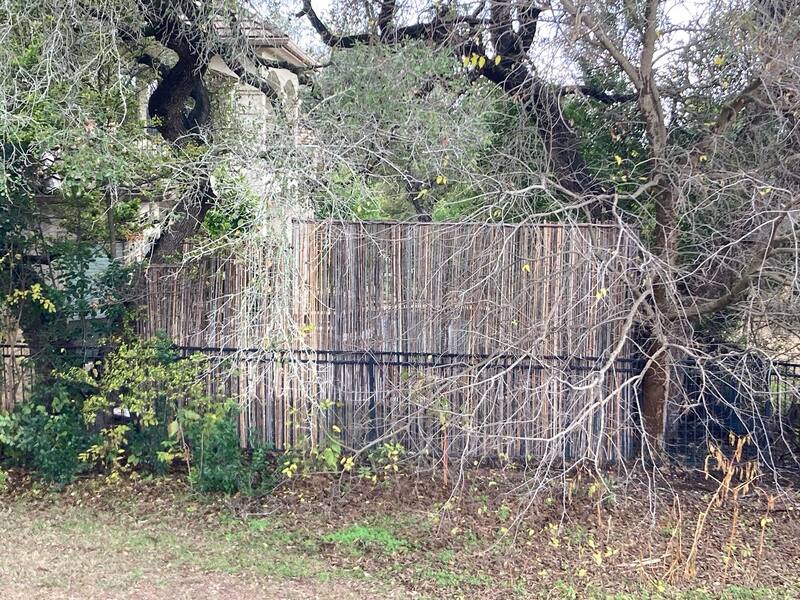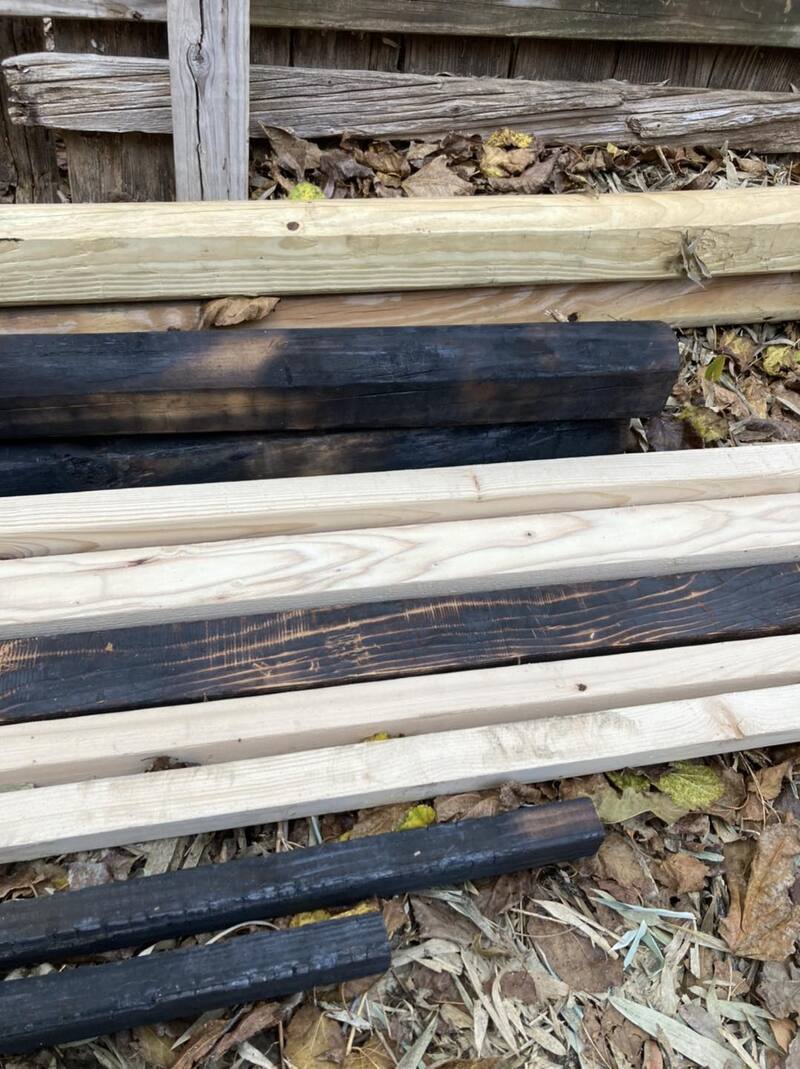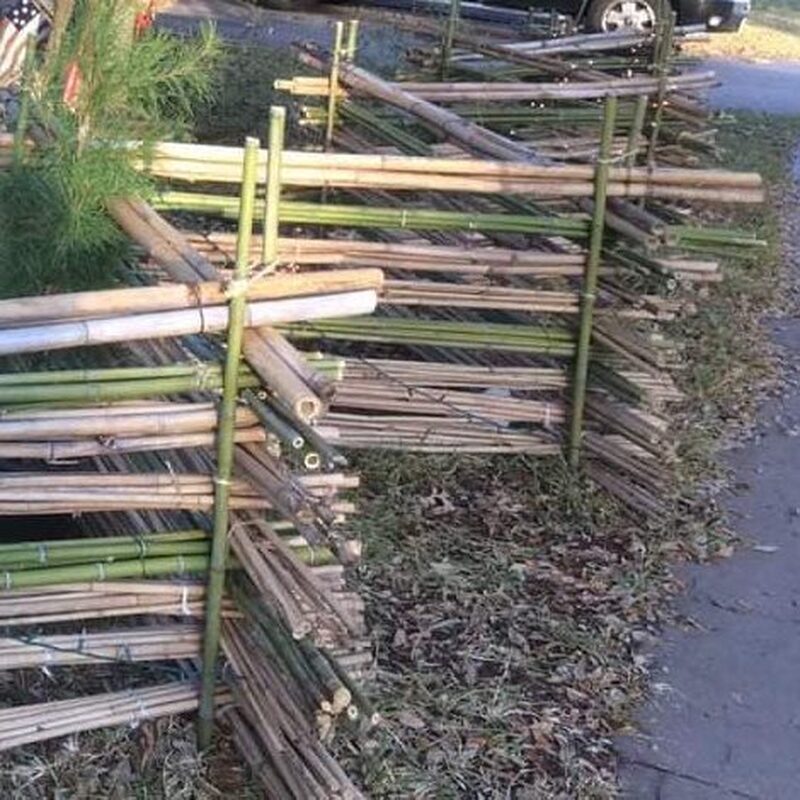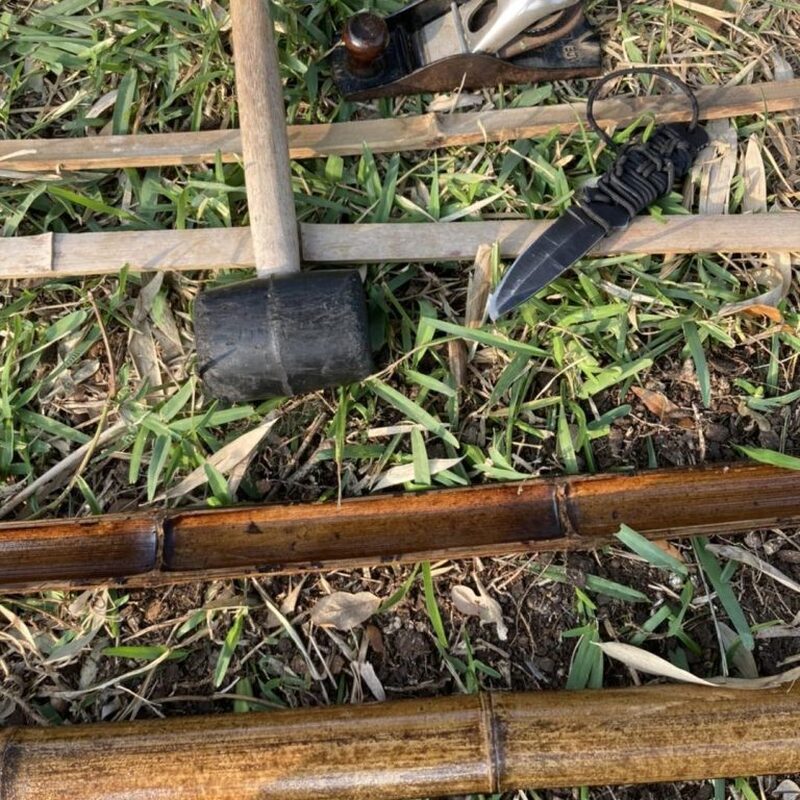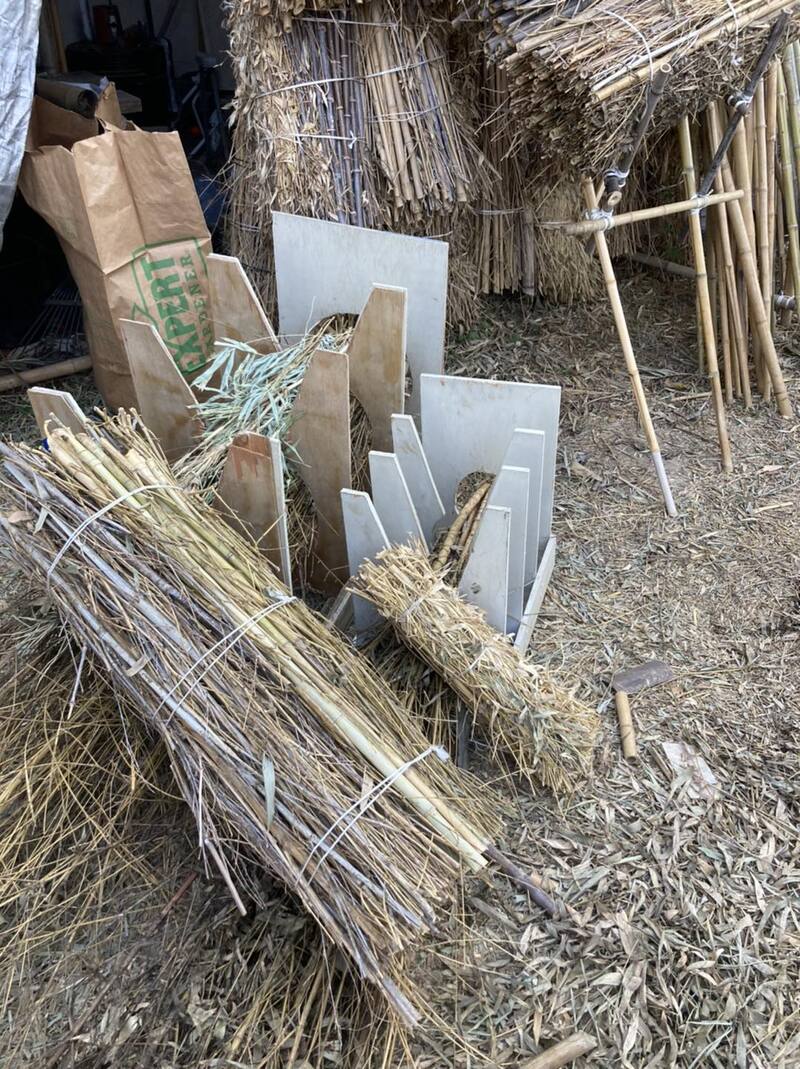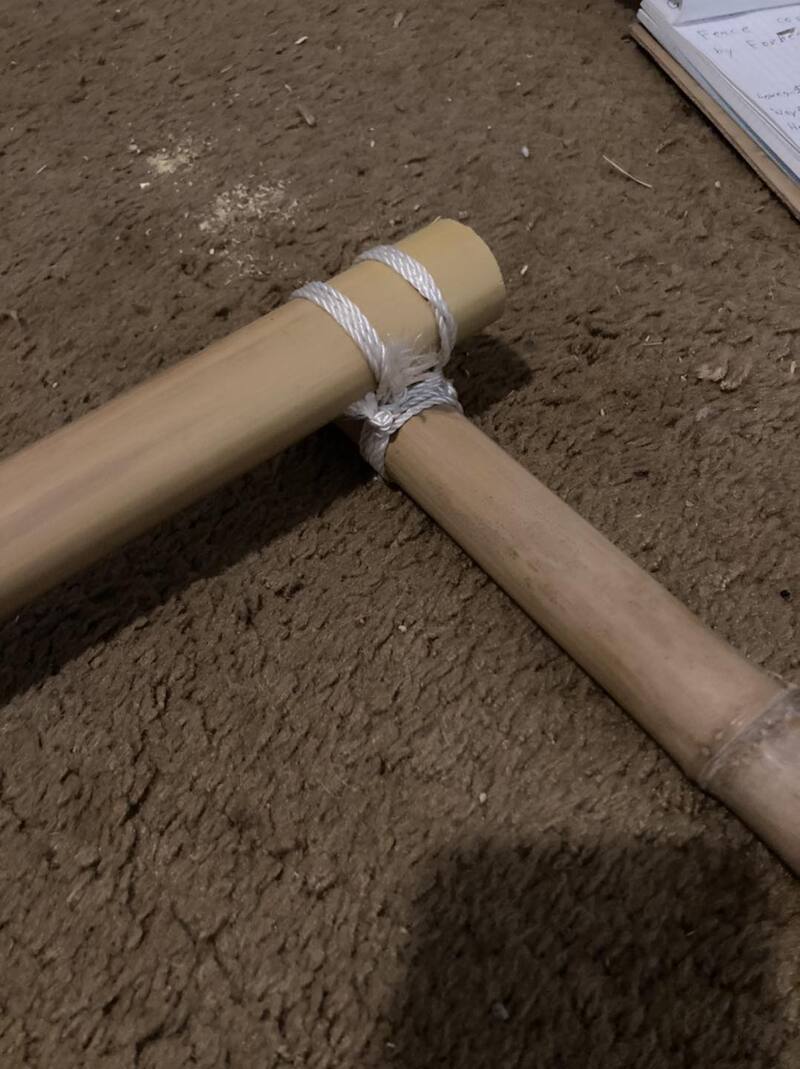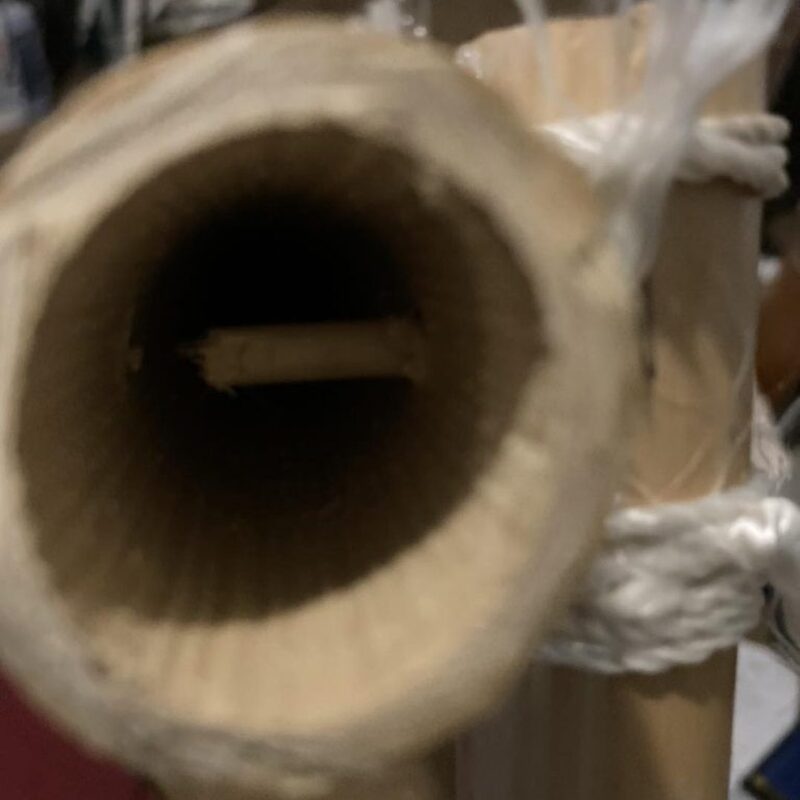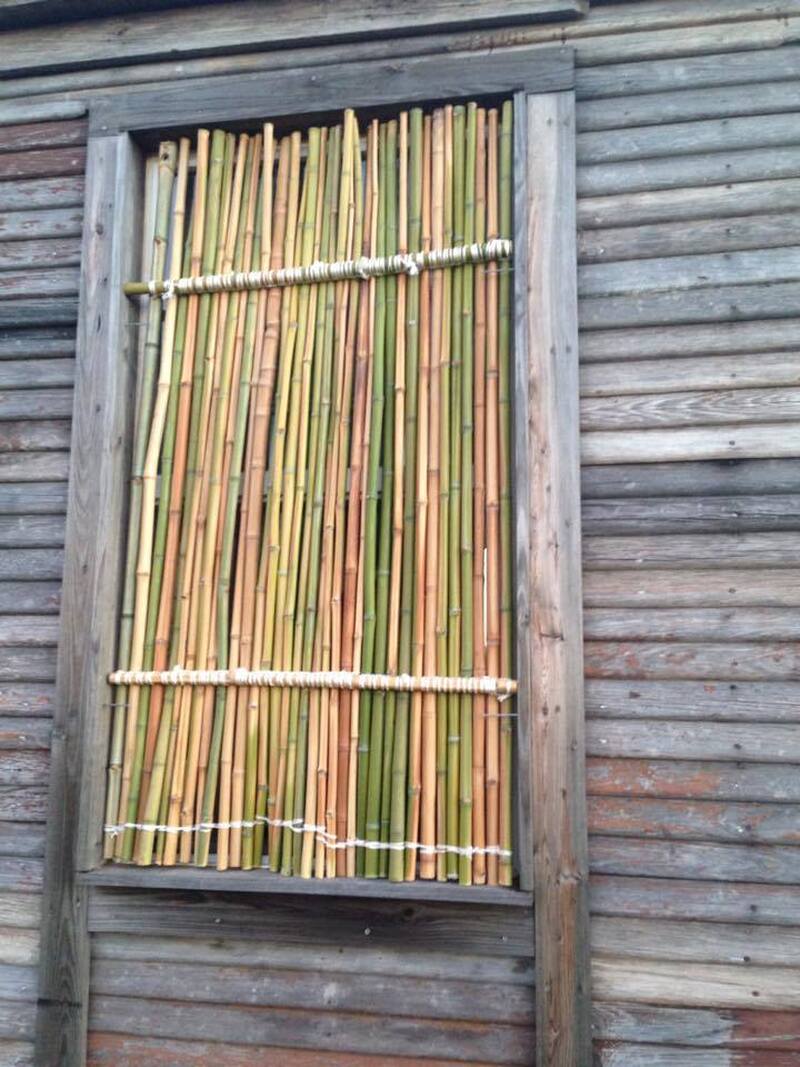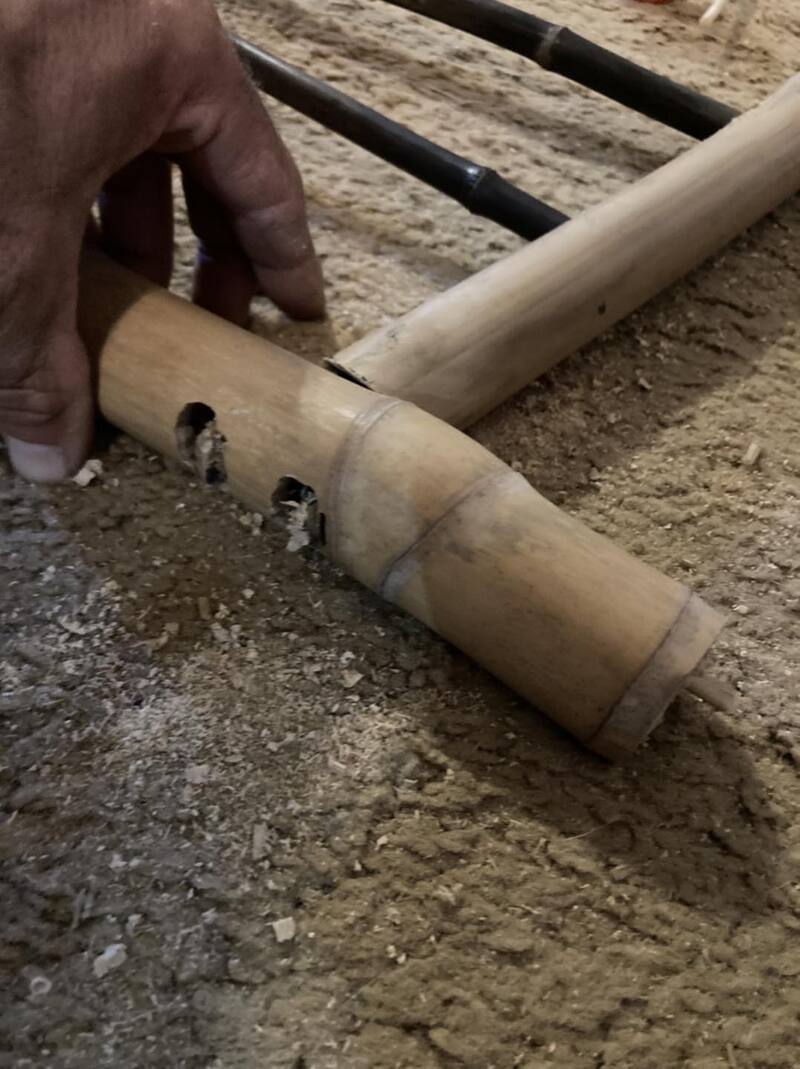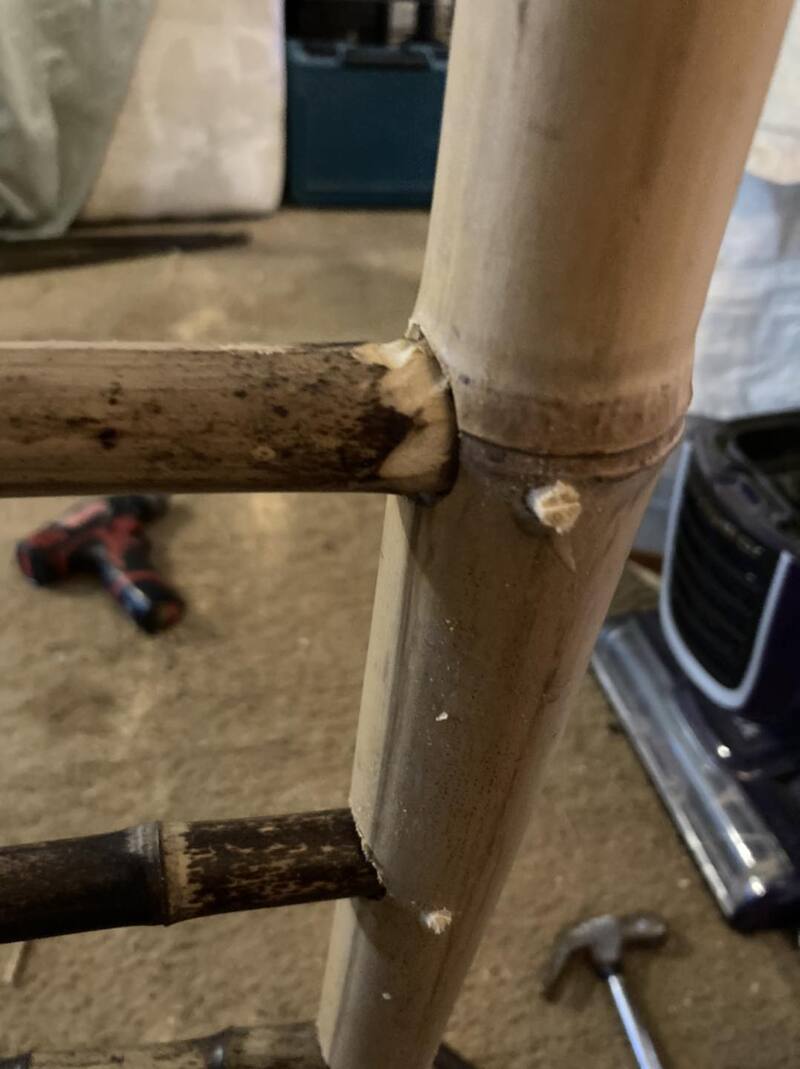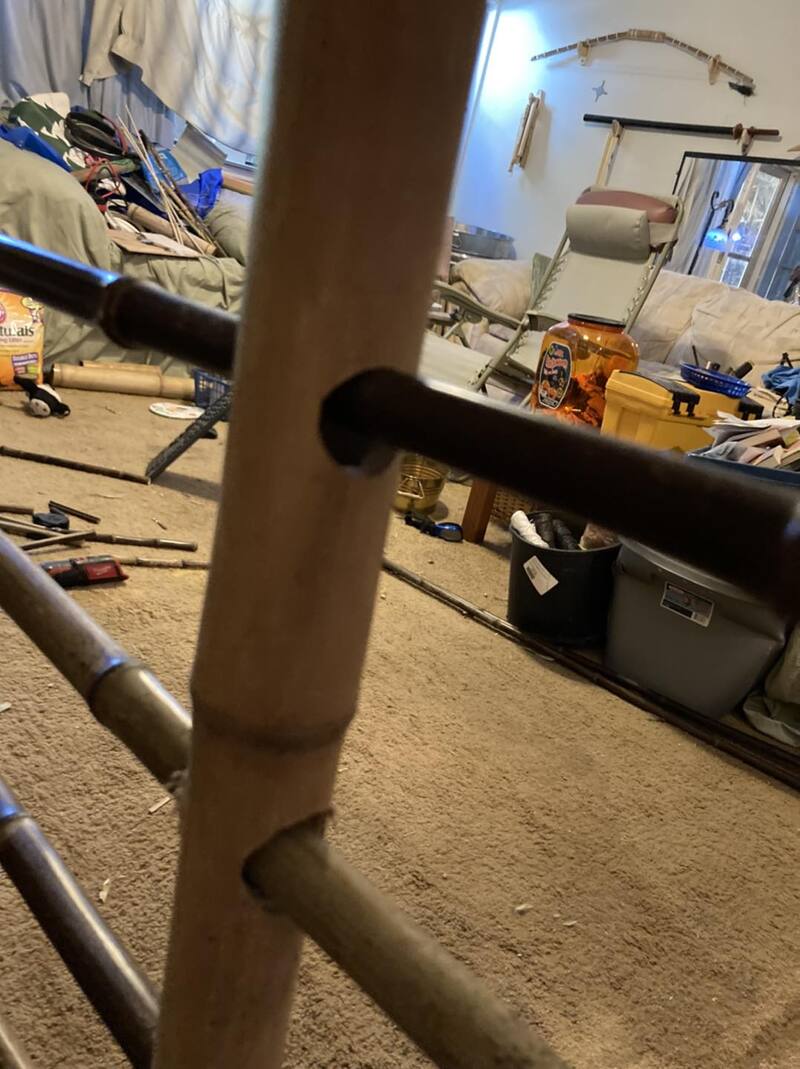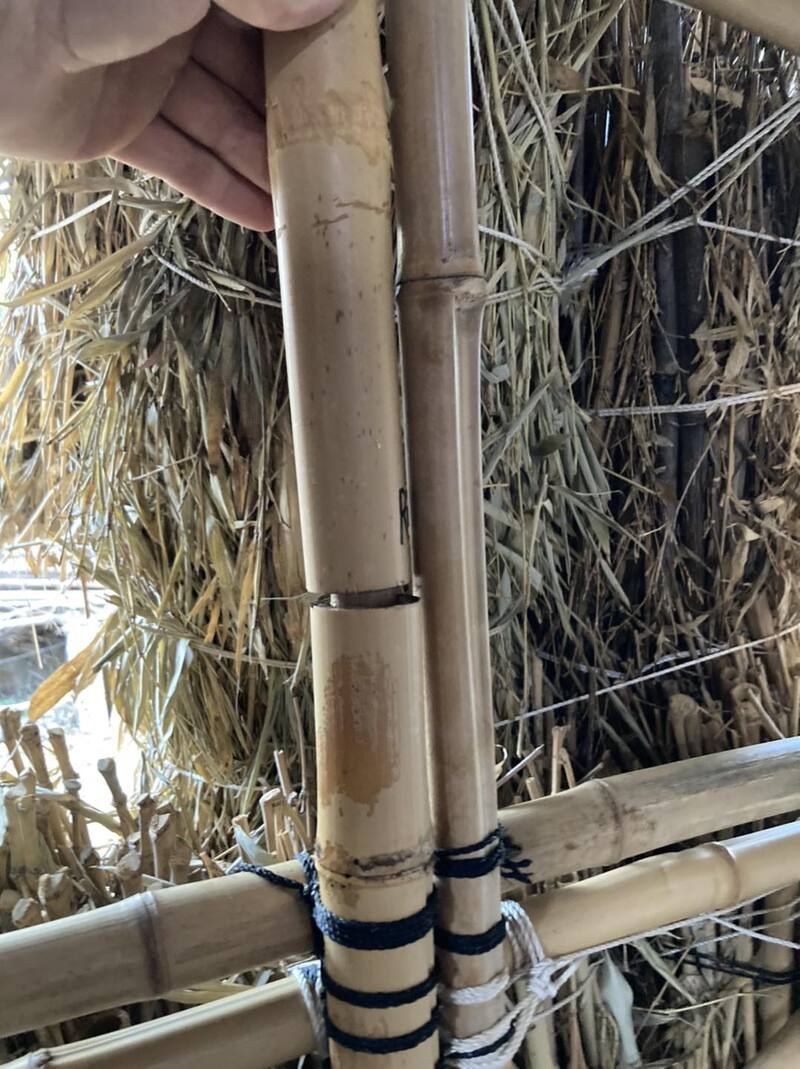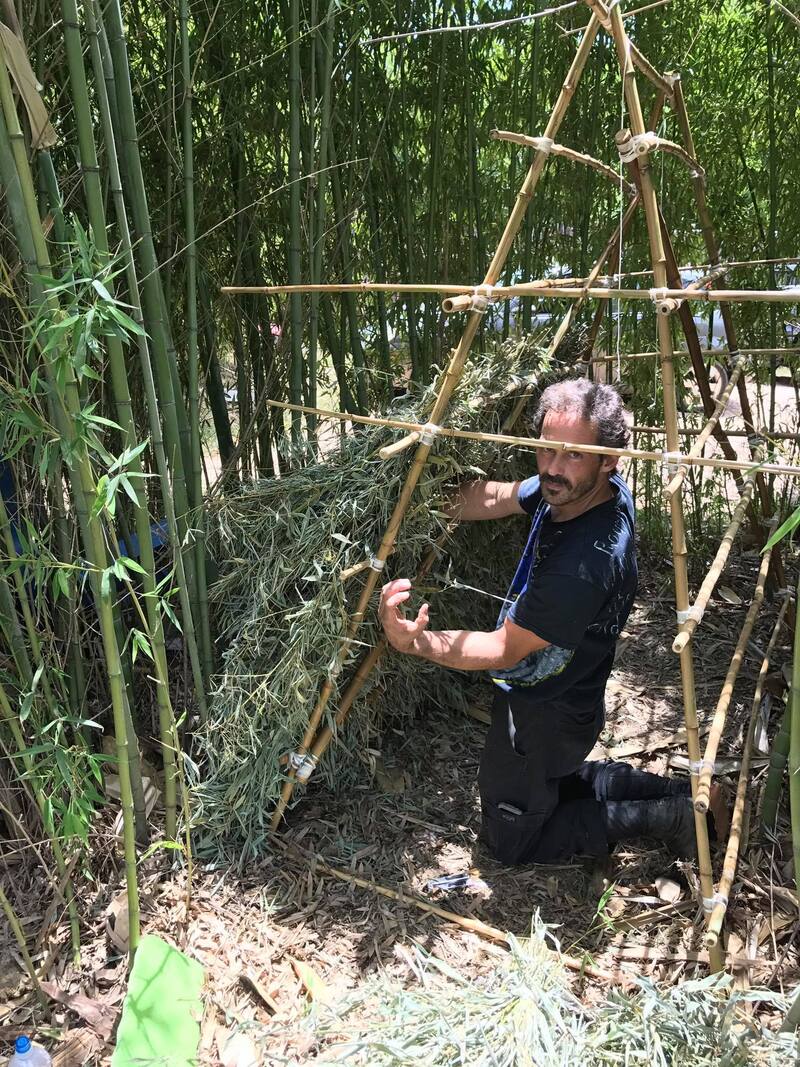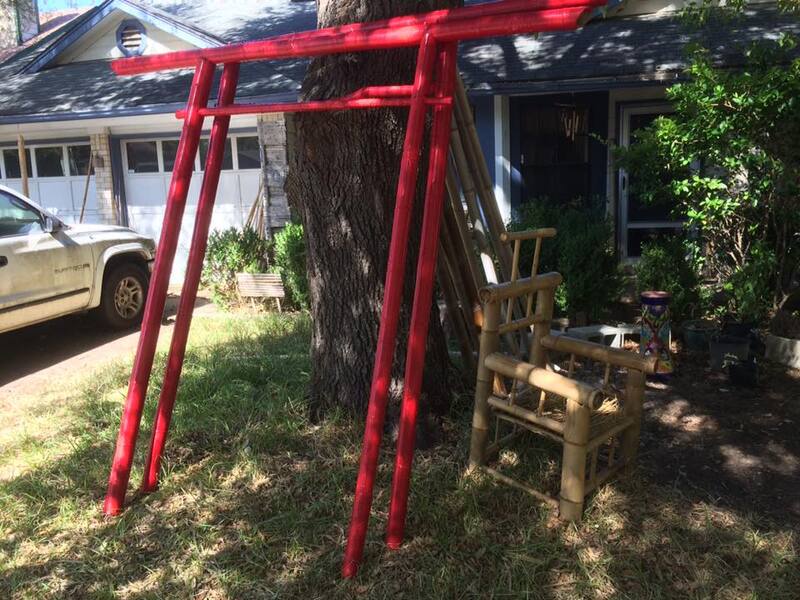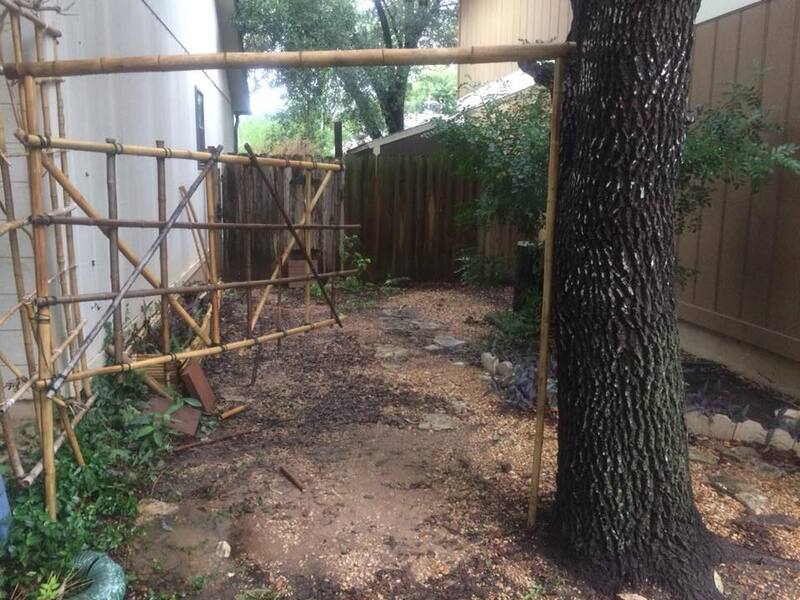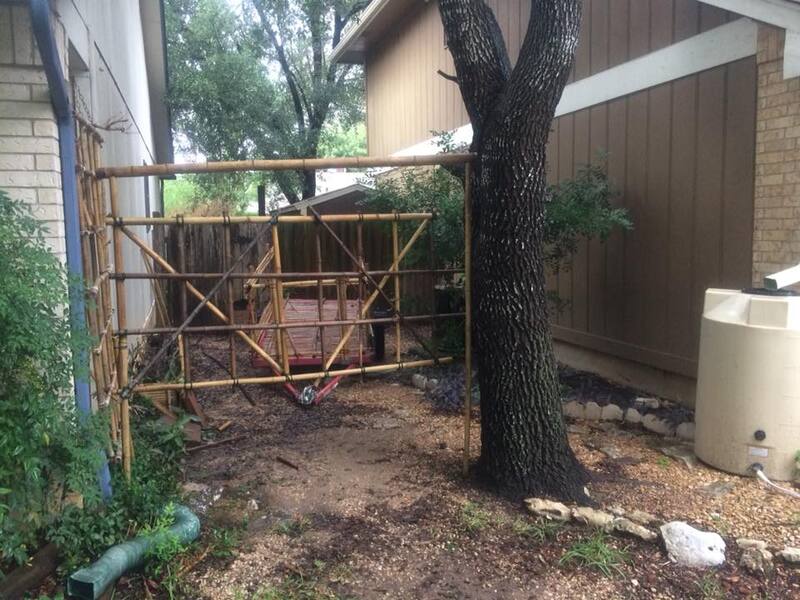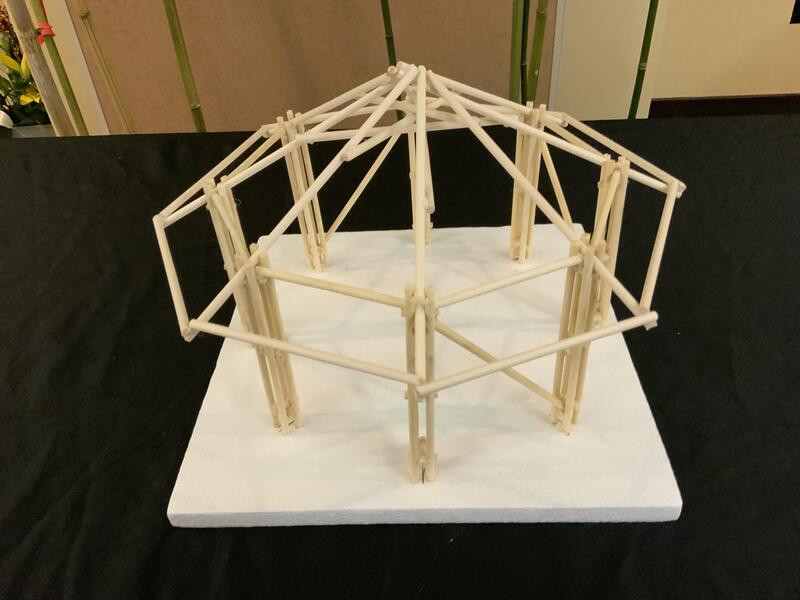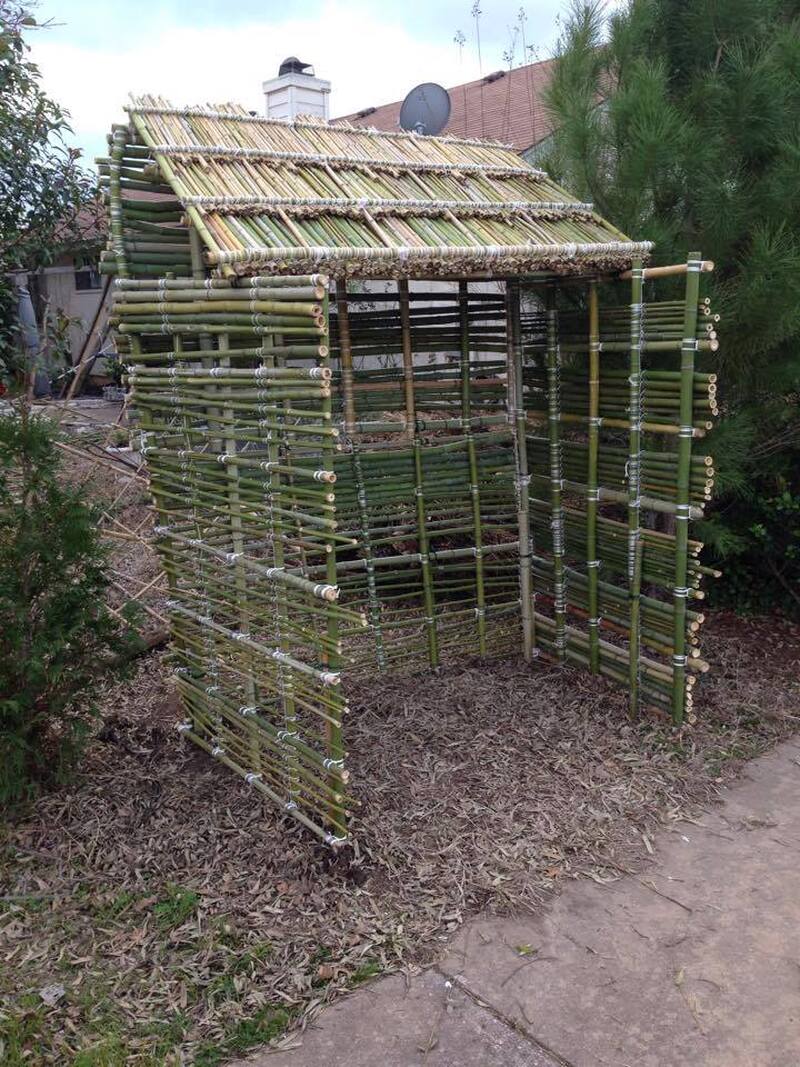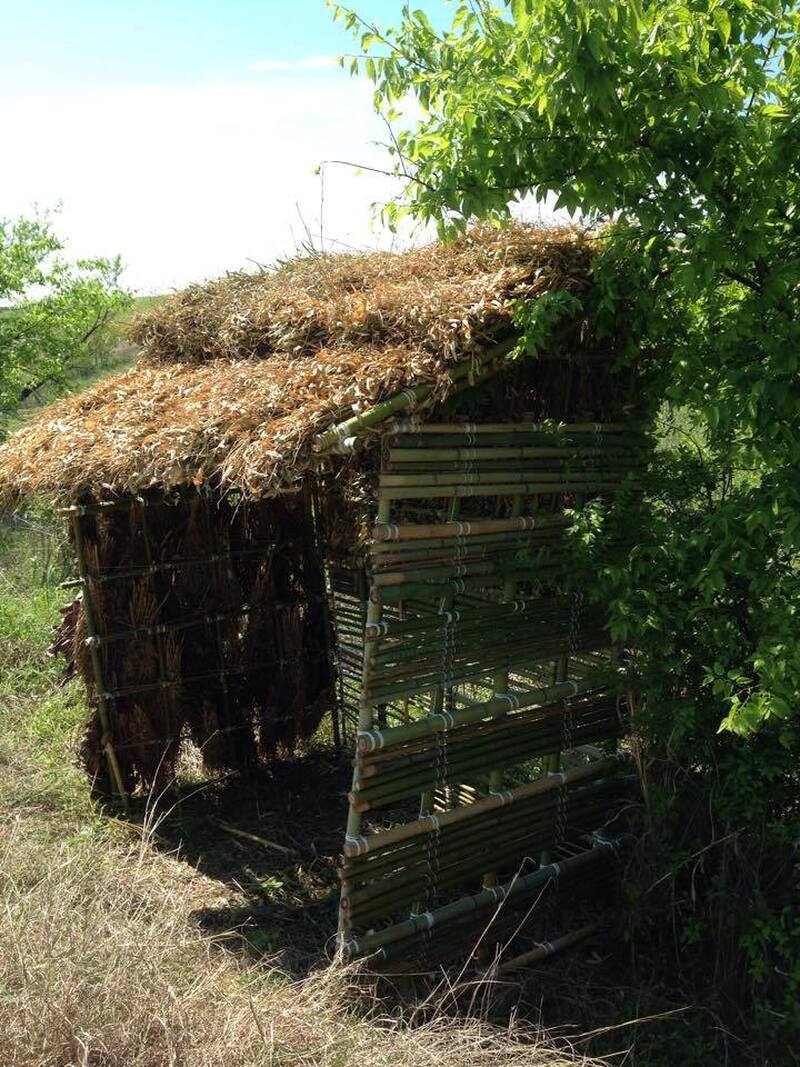Understanding Your Bamboo Project Costs:
Understanding Your Bamboo Project Costs:
Several variables play a crucial role in determining the cost of your project. The type of materials selected, such as bamboo stakes, wood posts, or iron rebar, can significantly impact final prices. Additionally, the complexity of the joint types, whether standard or custom, will influence labor costs and supply needs.
Anchoring Techniques for Lasting Fences:
Anchoring is a crucial element in the construction of durable fences, especially when considering the diverse landscape of Texas. At Austin Bamboo Inc, we specialize in providing advanced anchoring solutions designed to enhance the stability and lifespan of your fencing projects. This guide delves into various anchoring methods, including the use of stakes, rebar, and buried posts, detailing their advantages and suitability for different terrains and project specifications.
Stakes: $5 each.A Fundamental Anchor |
Rebar: $10 eachReinforcing Your Structure |
Cinder Blocks: $15 each Portable Stability |
|
Stakes are one of the most commonly used and inexpensive anchoring methods in temporary fencing projects. Constructed from sharpened bamboo poles, stakes are driven 6-18" into the ground to provide reliable support against wind and soil movement. They are particularly effective in sandy or loose soil where rock and moisture are minor issues. Austin Bamboo Inc recommends utilizing driven stakes for short life (3-5 years) projects, or those with protection from weather. |
Rebar is another excellent option for fencing stability, offering superior durability. By securing rebar within the ends of your posts, you can significantly enhance resistance to decomposition due to weather and insects, making it a preferred choice in areas with high moisture or standing water. Our experts at Austin Bamboo Inc can assist you in determining the best rebar anchoring techniques tailored to your specific garden or yard. |
Some clients need portable fences or other structures that have enough weight that they won't easily fall over, even in strong wind. Concrete cinder blocks have been used for over a century for easy or temporary construction projects. Sealing posts into cinder blocks with cement that has been mixed with bamboo fibers makes for a stable weighted platform that can be moved as needed. |
Concrete Footings(w/ Buried Posts):Ultimate Stability$30 each |
Attaching to anExisting FenceNo extra charge |
... ... |
|
Burying fence posts is a traditional yet highly effective anchoring technique. By ensuring that 12-24" of the post is below ground, you provide a robust foundation that is less affected by soil erosion or frost heave. This method works exceptionally well in rocky or clay-heavy terrains, which can loosen and destabilize shallower posts. Our team at Austin Bamboo Inc can guide you through the process of selecting the right depth and bamboo fiber reinforced concrete settings for your buried posts. |
If you already have an existing fence that is sturdy enough, we can sandwich, lash, or otherwise attach the bamboo fence to it. |
... ... |
Materials Options:
Materials Options:
Wood posts for anchoring and framing, and different bamboo parts for aesthetics and impact resistance.
Wood Posts:Classic AnchorsPlain: $10 each Charred: $20 each Stained: $30 each |
Bamboo Poles:By Square FootPlain: $1.50/Ft2 Burnished: $3.00/Ft2 Stained: $4.50/Ft2 |
Bamboo Poles:By Bundles ~6"x<10'Plain: $25 Burnished: $50 Stained: $75 |
|
Plain wood (pine) posts offer a classic look and are versatile for any fencing project. Charred Wood Posts, a product of the Shou Sugi Ban 焼杉版 technique, provide a unique appeal The charring process not only enhances the wood's durability, but also gives it a striking; dark finish that adds a modern look to any landscape. Stained wood posts provide protection from the elements while enriching the wood's natural grain. |
The Retail price for individual poles of bamboo is equal to length (feet) x width (inches). As a discounted price for big jobs, it's currently $1.50 per square foot of fence for untreated poles from our existing stock. Heat treating, or burnishing them using fire or a heat gun, melts the outer wax and gives them a darker and richer look than sun fading, as well as polishing and helping to preserve them by removing moisture and breaking down carbohydrates. A year or more of exposure to rain and sun will break down the wax coat and roughen the texture, allowing paint or stain to be applied as a preservative. |
Not every project works by the square foot so we can price them by the bundle and they can be cut to fit. |
Split Bamboo:For a finished look. Curved: $0.50-$1.50/ft Planed Flat: $2.50-$3.50/ft |
Thatch: Bundles of BranchesWholesale: Small Bundles: $3.50 Medium Bundles: $11.50 Large Bundles: $45 |
************************************ |
|
Large curved splits make good cover plates and umbrella plates for fences. It's a bit pricey but they can also be overlapped for a privacy fence or for roofing material. These run $0.50/ft for plain, $1/ft for burnished, and $1,50 for stained/painted. Narrower splits that are planed flat can be used for guide/obstruction fences with an elegant look. These run $2.50/ft for plain, $3/ft for burnished, and $3,50 for stained/painted. |
Thatch generally refers to bundles of Cogon or Pampas Grass, but the term can also be applied to other plant materials with similar shape and application. Thatch is an insulative material that can be used in privacy fences, walls, and even roofing if the roof angle is 45 degrees or steeper. This helps with suppressing sound and obstructing wind without being stuffy or oppressive. The official standard size for thatch bundles is a large and heavy ~24" x 6'. We offer these large bundles as well as medium (~12"x3') and small (~6"x1.5') sizes. If you buy them from us in larg (10+) quantities, or have us do the installation, they are available at our wholesale prices. The retail prices are: L: $60, M: $25, S: $10, |
|
Joining Techniques:
Joining Techniques:
The strength and durability of your fence or other structure literally hinge on the methods used to join its components.
Lashing: theversatile technique$5 each |
Pegged Lashing:slip-resistantstability$10 each |
Table Lashing:balancing economyand stability$35/foot |
|
Lashing is a traditional technique using rope/cordage/twine to bind posts and rails. This method offers some flexibility and can absorb tension & shock, making it suitable for dynamic environments. Depending on the angle and application, a sheer lash, diagonal lash, or square lash may be more appropriate. This can be billed as time or estimated for a project at $5each. |
Taking the extra time to drill into the poles and inserting a dowel or smaller diameter bamboo will keep the smooth poles from slipping out of the lashed joint. These may be completely hidden from the exterior, but for important main joints it's a good idea to take the extra time. Again this can be billed as time at our man * hour rate. or they can be estimated at $10 each. |
When there are hundreds (or thousands) of poles that need to be secured, each joint can be tied with a one string version of the square lash and knotted to prevent falling apart. More time consuming than sandwiching between inner and outer poles, but there's less chance of one slipping out and it's relatively convenient to replace one if necessary. |
Mortised Joints:Precise Stability$25 each |
Inserted Joints:Mortising Simplified$5 each |
Thru-Hole Joints:Visible Continuity$10 each |
|
Mortising involves cutting precise notches into posts and rails so they can interlock firmly without twisting. This ideal for applications where stability is important. If there's too much slack, filling the space with foaming glue, a tacky glue, or a thick epoxy can secure it (maybe with some shims to fill the space). Unfortunately for straight grained wood like bamboo, there is a tendency to crack over time. As such it's a good idea to reinforce these joints with lashing. |
With a drilled hole just big enough for a smaller diameter pole, a peg from the side secures it. A little faster and easier than traditional mortising, it could use some reinforcement against splitting, since the only resistance against twisting or splitting is the peg from the side. Mortising the end with the far wall of the outer pole would increase the resistance to twisting in or slipping out of the socket. |
Drilling through to the other side, allows the inner pole to continue uninterrupted for a satisfying appearance. Of course, the same concerns from mortised and inserted joints apply here as well. |
Rotary Joints:Functional motion$25 each |
Hinge Joints:Functionality for doors and gates$55/pair |
*********************************** |
|
With a small diameter pole for an axle and larger diameter pieces for a rotary shaft and terminal connections, allows for latches and knobs to be made from bamboo with proper reinforcement. |
Similar to rotary joints, these have a longer chamber above, lubricant in the lower chamber, and a smaller diameter pole segment that fits the length of the upper chamber, we can make sturdy and functional hinges out of bamboo. |
Click here to edit |
Fence/Gate Panel Gallery:
Fence/Gate Panel Gallery:
Check these out and look at our Japanese Fence Designs page to get some ideas for your next project.
